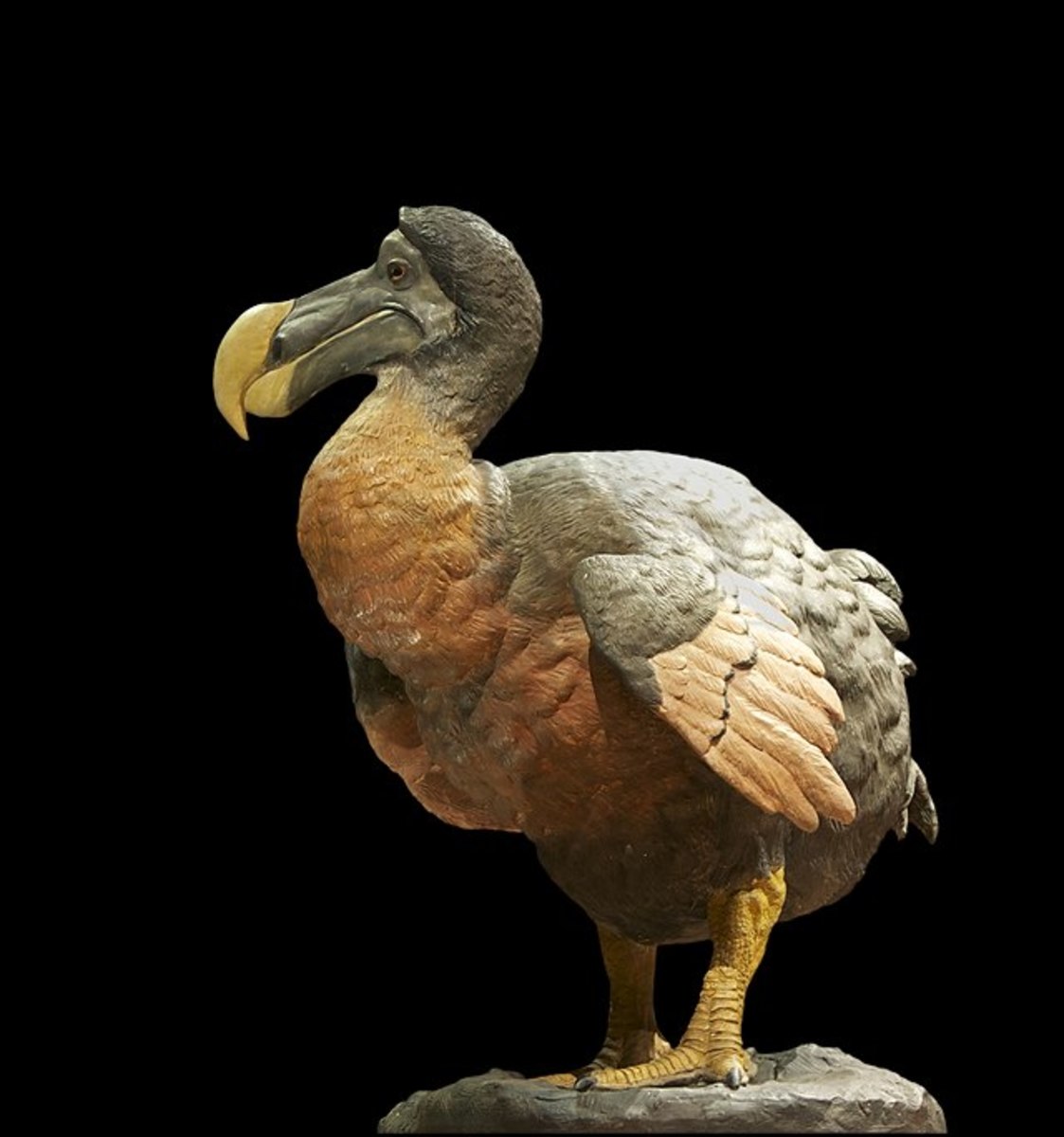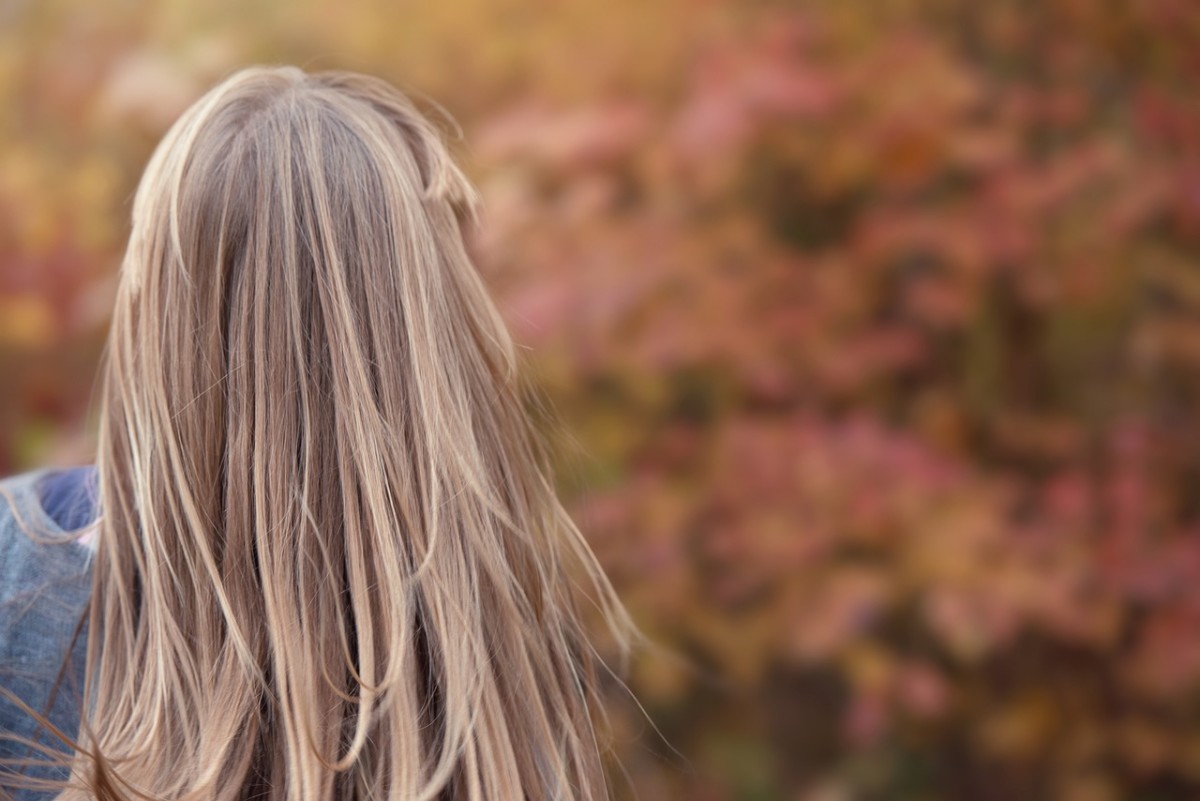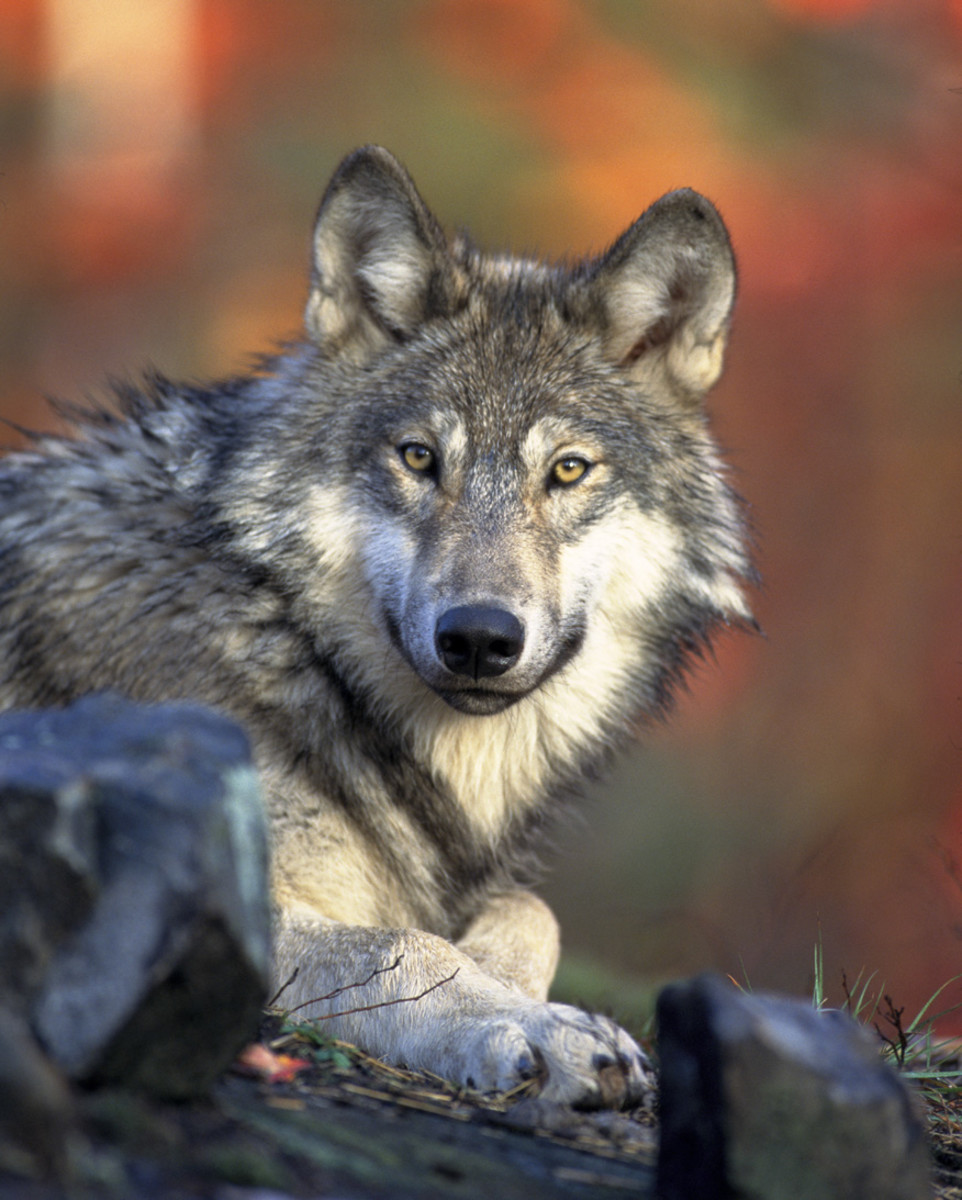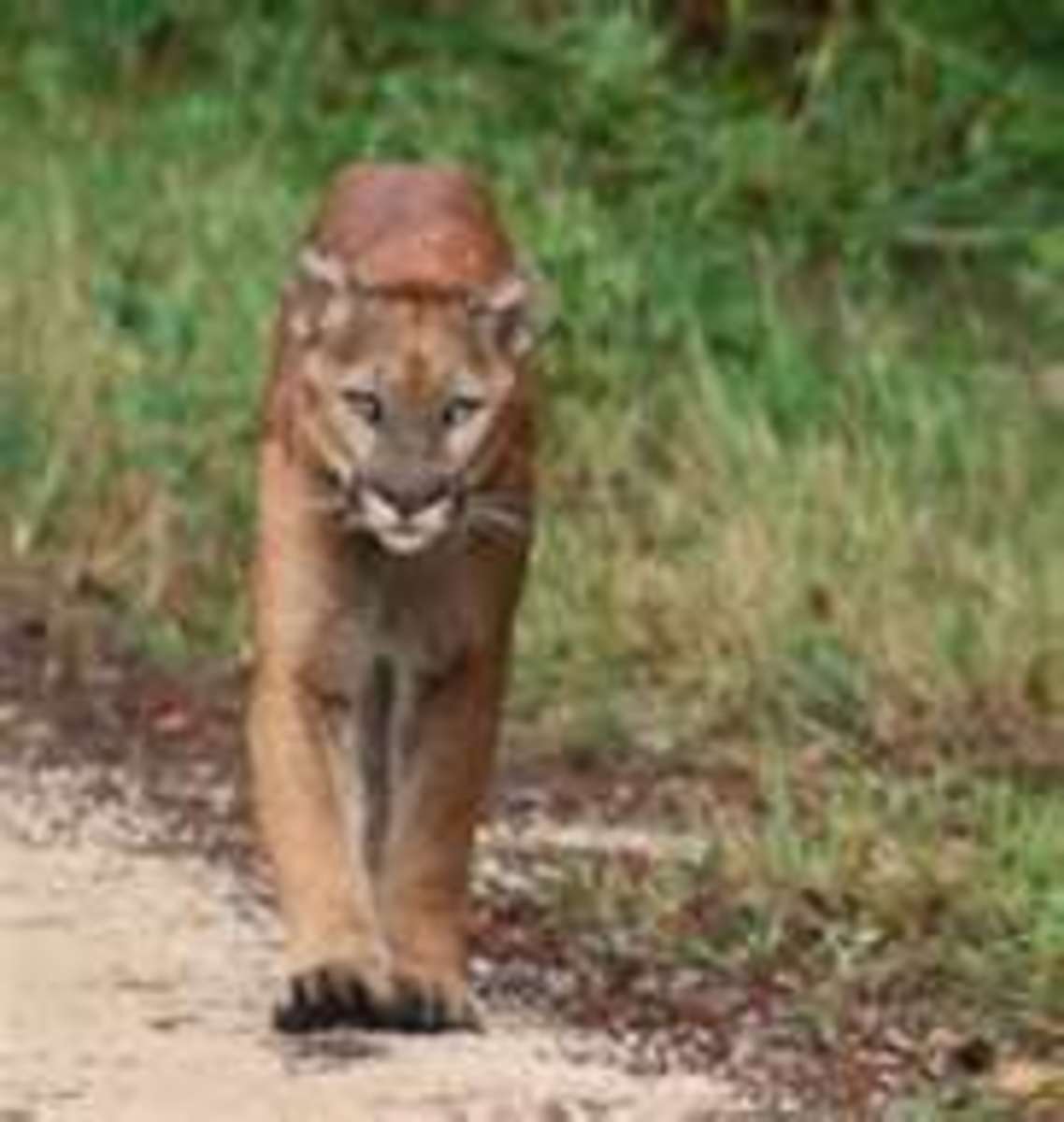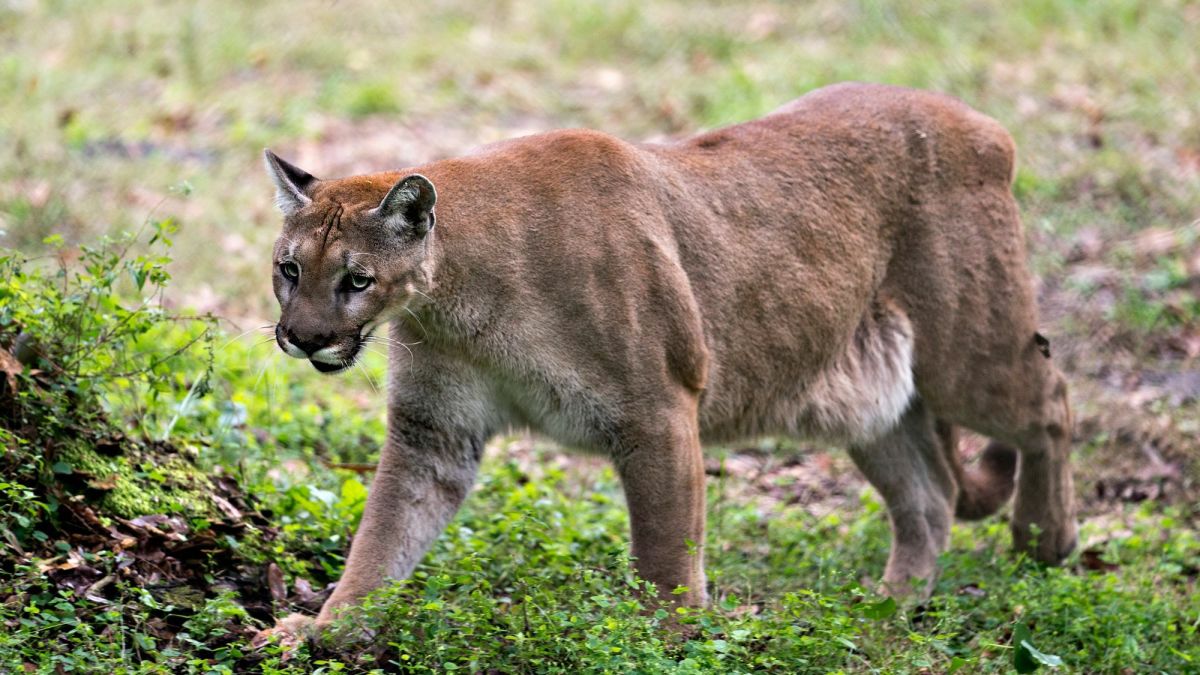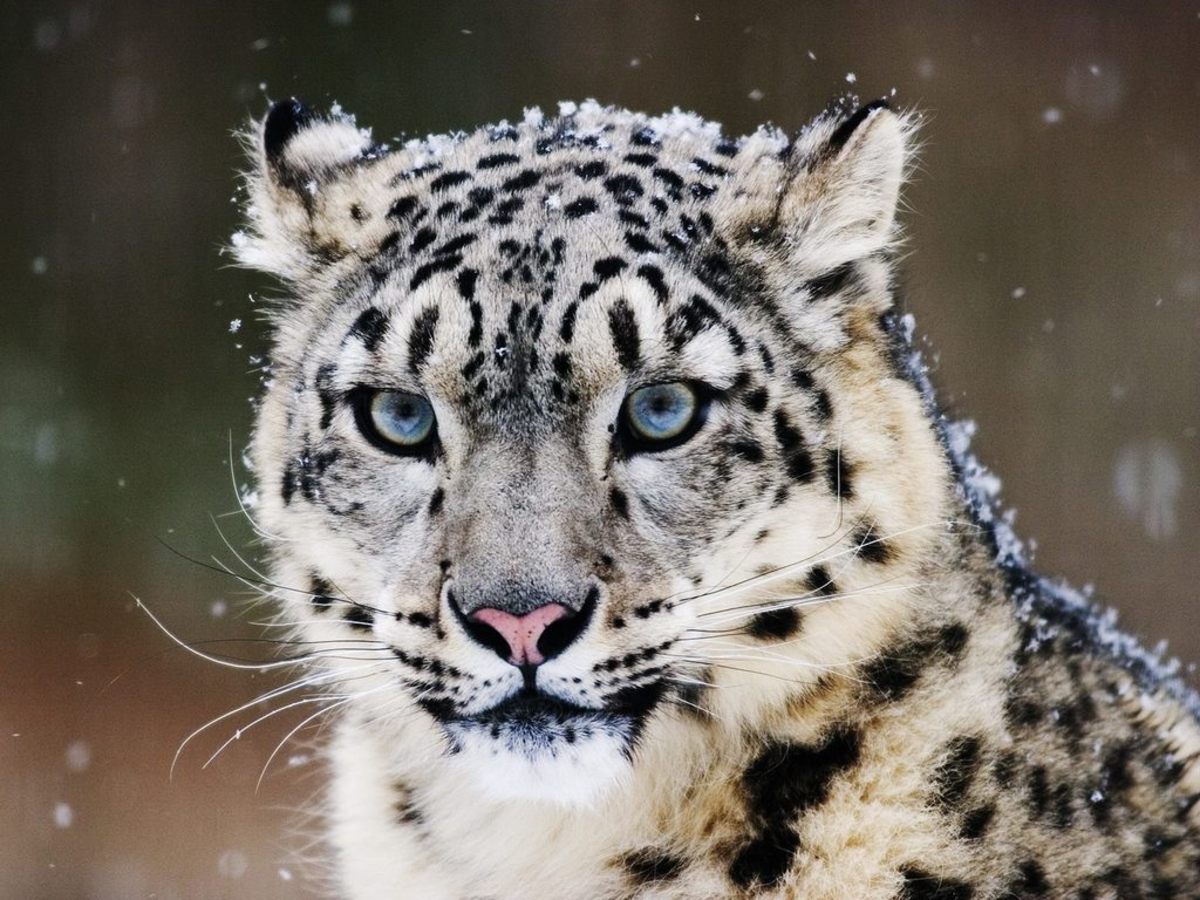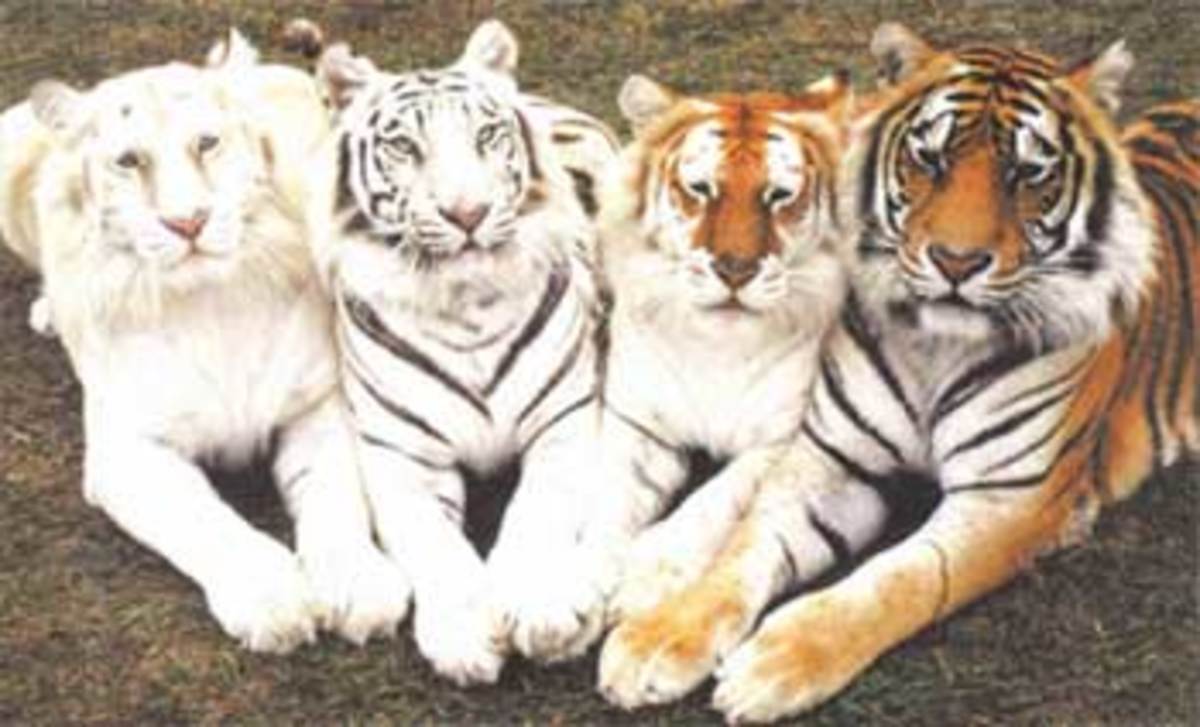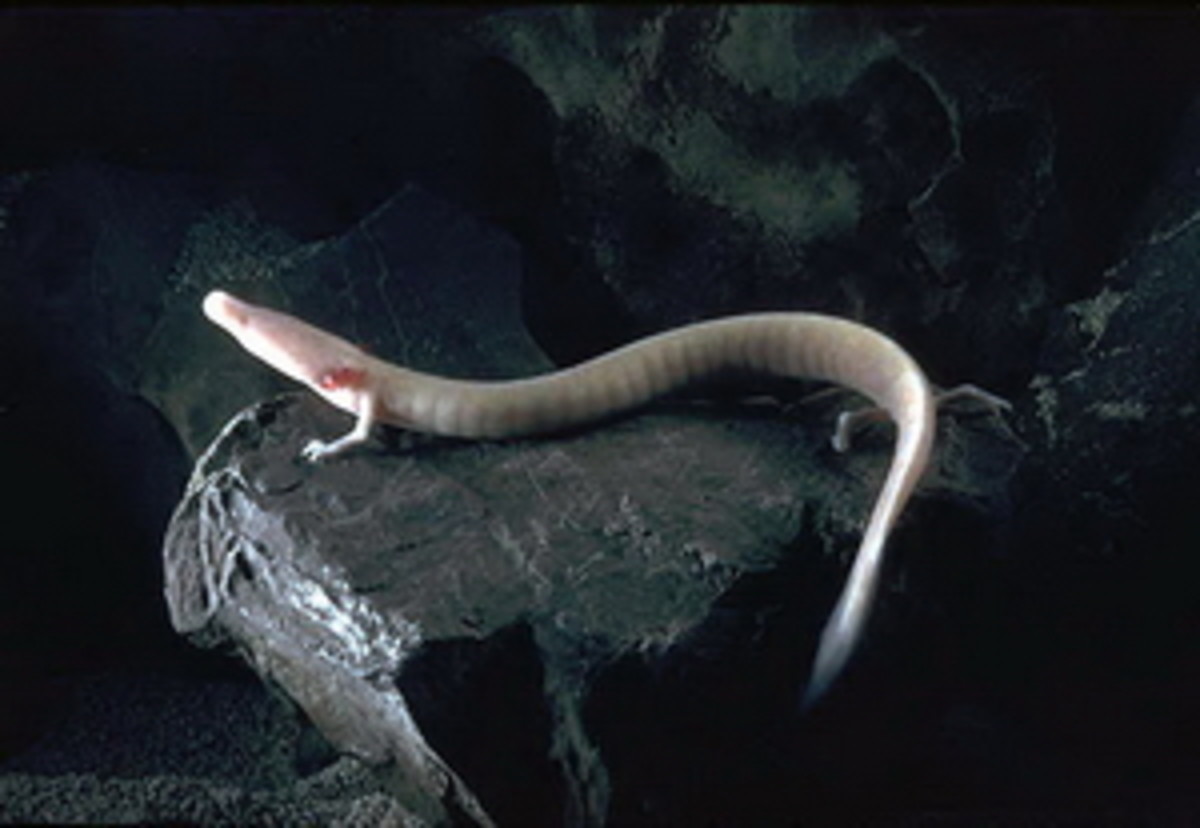- HubPages»
- Education and Science»
- Life Sciences»
- Endangered Species
As Dead as a Dodo - Symbol of Extinction
The Dodo - Raphus Cucullatus
The Dodo was a flightless bird that lived in the Seychelles. This is an island in the Indian Ocean near Malagasy (Madagascar). The Dodo nested on the ground without fear since it did not have any predators. Things changed around the 1500s when Portuguese sailors discovered the island. The last Dodo was seen in late 1600 or early 1700 after being hunted to extinction by man and the dogs he had introduced.
The Dodo’s closest relative is the pigeon and dove.It stood at roughly 3.3 feet (ca. 1 m) with an average weight of 20 kg (44 lbs). Dodos ate mainly fruits, seeds and nuts, but like all birds, it probably ate insects and small mammals as well. The beak was 23 cm (ca. 9 inch inches) long without a tongue.
Model of a Dodo
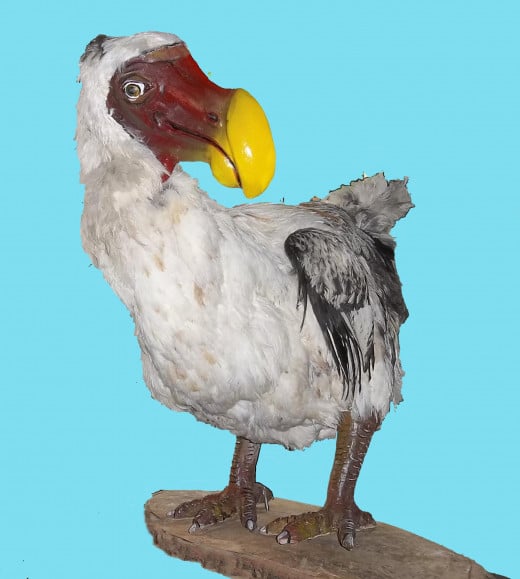
Painting of a Dodo
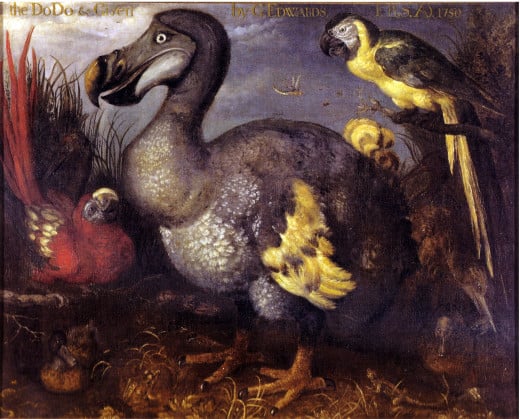
Extinction and risk of extinction
The Dodo has been extinct for more than three centuries now, thanks to man’s greed and selfishness. That is why we say ‘as dead as a Dodo.’ A few centuries from now, there will be a long list of other extinct animals making the saying ‘as dead as a Dodo’ seem like a cruel joke. The lion may be gone by then; the elephant may follow that route; the rhinoceros may go sooner - if we do nothing now but moan. In the month of June 2012, six lions were killed in one night by Masai morans in Kenya because the lions had killed some cattle, sheep and goats. The question that immediately came to mind was – how many domestic animals equal one lion? In this human animal conflict, who will defend the rights of the Lion?
According to the Kenya wildlife service, Kenya is losing 6 elephants every week to poachers!
In January 2013, a family of eleven elephants were shot dead in a single day for their tasks. The wanton destruction boggles the mind since one of the elephants was a baby without any tusks. A few weeks later a poacher who had six tusks was eliminated by wardens while his accomplices escaped. Six tusks mean another three elephants had lost their lives due to man's greed for quick money by any means. This greed is fueled by demand in China and the far east where ivory is treasured for a variety of cultural reasons.
To the Masai and other pastoralist communities, their domestic animals are worth more than wildlife. We can excuse them for reasoning that way. After all, it is their domestic animals that bring food directly on their tables. What they do not realize, is that wildlife is an important national resource that brings the country billions of shillings from the tourism industry. This money when added to funds from tax gives us roads, builds schools and hospitals besides meeting other development needs. It is an indirect income for every citizen. On the other hand, we owe it to the rest of the world to conserve wildlife and their habitats as a duty to humankind. The Kenya Wildlife Service is doing a commendable job, but to date, nobody has been prosecuted for the elimination of six lions in one night in spite of their pictures being front page news in the press. That is what inspired me to pass on a conservation message.
I chose to make a Dodo because it is known the world over as the icon of extinction.
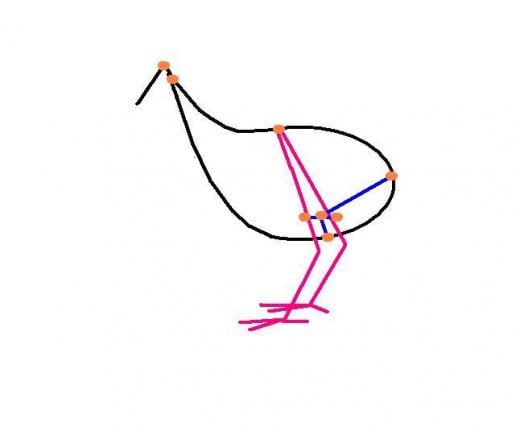
How I made the Dodo
1. I folded an R6 metal to form the backbone, round the belly to the neck and beak (shown in black). I formed two more pieces to form the legs (shown in red) and then welded them to the backbone piece with three more rods (shown in blue).
2. I stuffed the armature with newspapers by wrapping with masking tape around the belly and neck. I used wood glue and tape to form bulges where required until the form of a Dodo was complete leaving the beak and legs for another material.
3. When the form was able to stand, a fixed in on a block of wood and started to model the beak (bill) and one of the legs with Plasticine.
4. I made a mold of the head and leg first with silicone latex, then covered the silicone with fiberglass backing.
5 After separating the mold pieces, I made a cast with fiber glass and fixed the head on to the form. Since I had only made one leg, I cast it twice.
6. After fixing the head and both legs, I applied paper glue to the finished form and stack cotton wool all over. This would give the bird a soft pad for the skin.
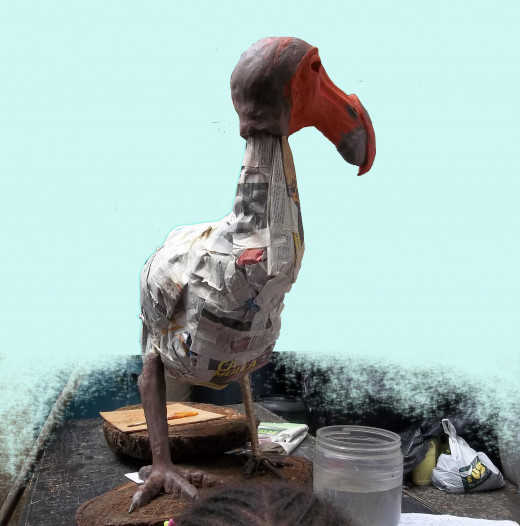
7. Since there was no way of getting real Dodo feathers, I skined five chicken carefully to preserve the feathers. Before I was ready to apply the skins, I stored them in a freezer. This is how I treated the skins:
a. I first applied table salt to soak up the water in the skins after removinga all fleshy pieces,
b. After brushing away the salt, I washed the inside with soap and water to remove fats. I took care not to soak the feathers.
c. Lastly I applied Boric Acid on the skins to preserve them from insects. In all I used four hens and one cock for a Dodo that stands at 64 cm tall.
8. I find out that in many areas I had to use bits and pieces of the chicken skin. I therefore covered the top, sides and underbelly of the form with a fabric so that I could stitch large skins onto the form, or stick smaller ones with super glue.
This is the message I am passing with my Dodo: If we kill all our lions, the future generations will use goat skins or other domestic animals to reconstruct them. Wildlife is priceless
Other hubs about birds
- The African Purple Gallinule and Saddle-billed Stork in Kenya: A birdwatchers paradise
There are a total of 1133 bird species recorded in Kenya. Out of this number, 7 are endemic to Kenya and 6 have been introduced from outside. Only one species is known to have become extinct. In this hub, we shall look at the African Purple Gallinule
Mounted Skeleton of a Dodo
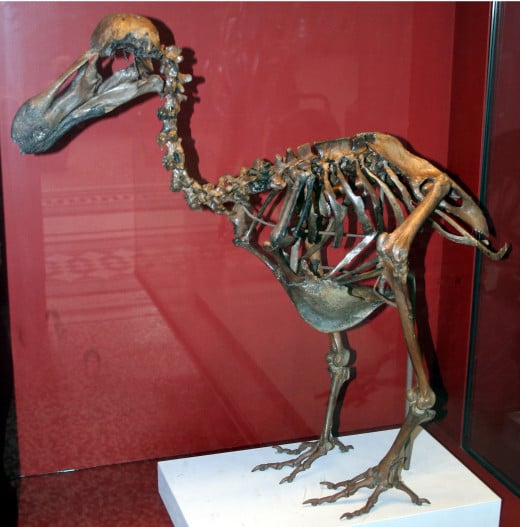
Endangered and Extinct animals Video
This content is accurate and true to the best of the author’s knowledge and is not meant to substitute for formal and individualized advice from a qualified professional.
© 2012 Emmanuel Kariuki

